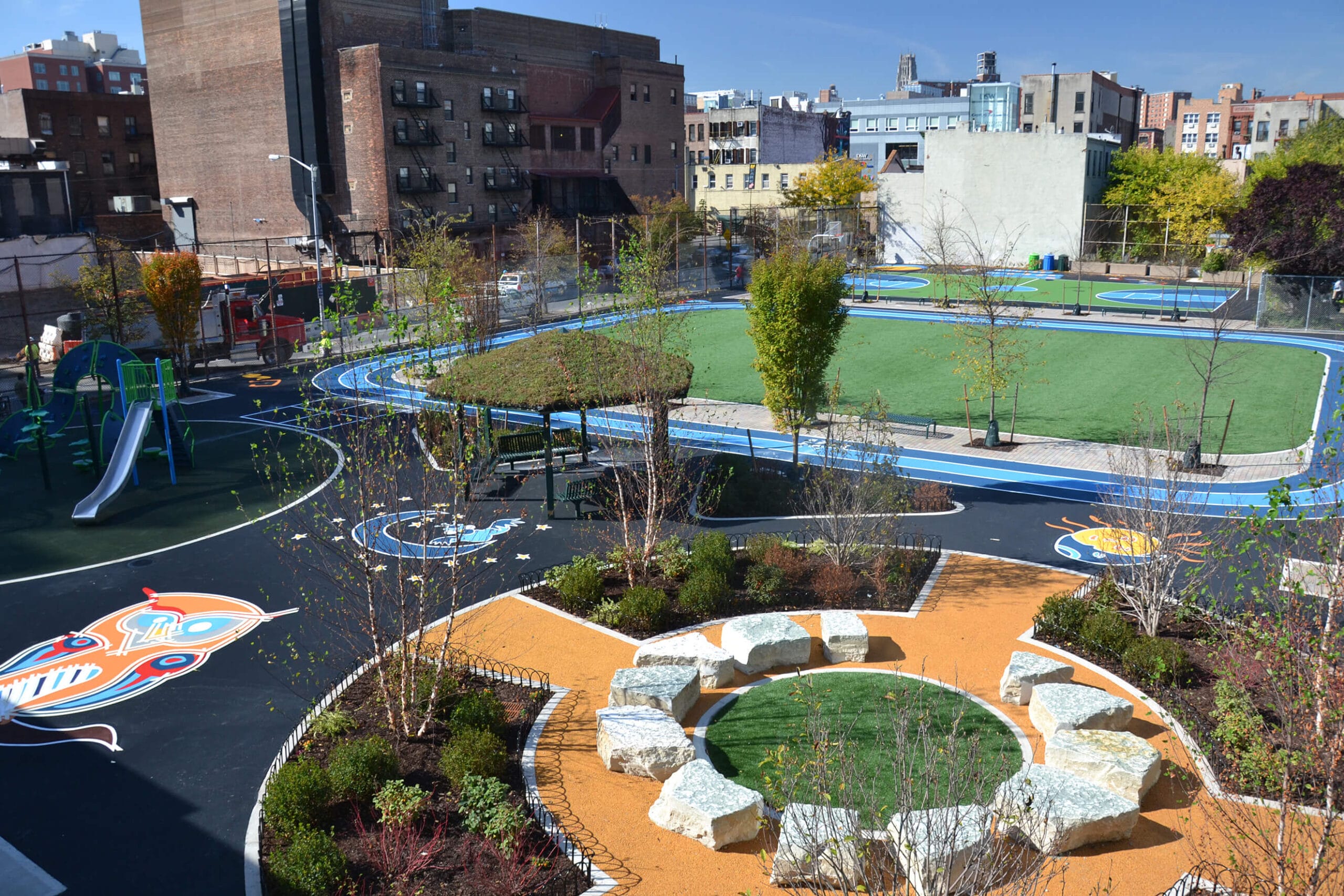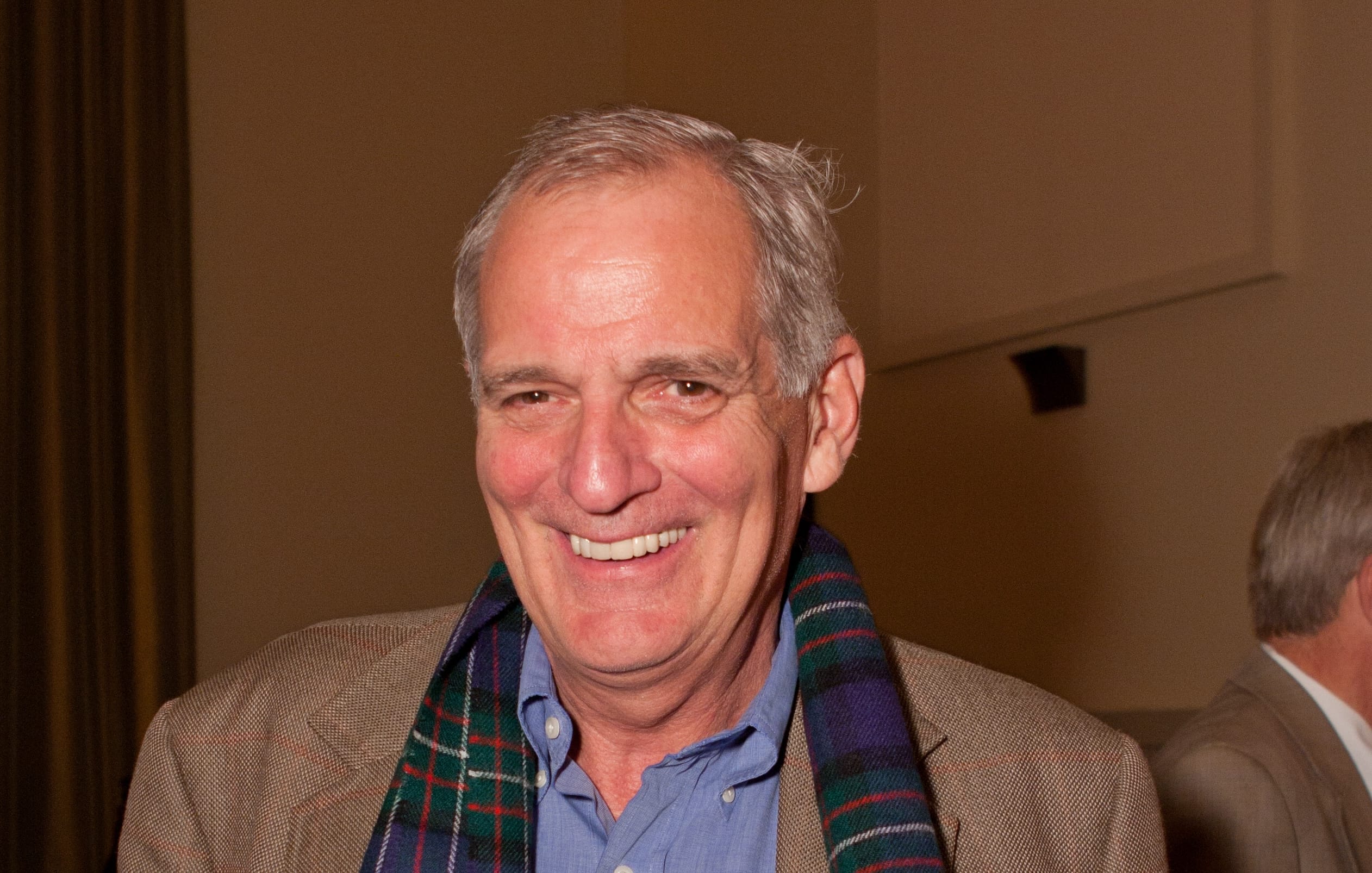
On Earth Day: parks for the planet
On Earth Day: parks for the planet
In a newsletter to his constituents in the fall of 1969, Senator Gaylord Nelson announced an “environmental teach-in” planned for college campuses the following year—an event that would come to be known as the first Earth Day. In the newsletter, he cataloged a long list of environmental concerns motivating young people to take action for the planet. Many of these had to do with pollution, but he also included “an insufficient amount of open space to get away from it all.”
Over 44 years, the nation has made dramatic progress on many of the problems Senator Nelson highlighted. But an insufficient amount of open space is as much a concern now as it was in 1970—especially in cities, where 80 percent of Americans live. In some large cities where The Trust for Public Land has mapped park access, as many as two-thirds of families do not live within a half-mile of a park—an accepted standard of park access. Other cities do better, but nationwide, millions of Americans lack access to parks and the outdoors.
Close-to-home parks and natural areas benefit us in many ways. They provide recreation and inspiration—building our bodies and spirits—and they are places for us to gather, building community, as well. But in the context of Earth Day, parks provide another crucial function—one, I suggest, that affects the future of the entire environmental movement. Because parks and open spaces are more than just places to “get away from it all.” They are the places where people experience and come to care about the natural world. And why would anyone work, sacrifice—and, yes, vote—to protect a planet they have not come to know and love?
So on Earth Day, the nation’s focus should be not only on new policies and technologies to solve pollution, climate change, and our other deeply troubling environmental challenges. We also need to work to connect people to nature—especially in cities, and especially young people, the voters of the future, whose difficult task it will be to carry forward today’s solutions and put new ones into place. Many kids now spend far more time online than on the land—a trend that does not bode well for the future of the environmental movement. Essayist Robert Michael Pyle put it this way: “People who care conserve; people who don’t know, don’t care. What is the extinction of the condor to a child who has never seen a wren?”
How do we begin to reverse this trend and connect people, especially young people, to nature? Surely one way is to be sure that every child lives within easy walking distance of a wonderful park or natural area where they can develop a caring and appreciative bond with the natural world. We know this will be good for the kids. And it could be essential for the planet.
One-third of Americans, including 28 million children, lack safe, easy access to a park within a 10-minute walk of home. Urge your senators to allocate funding to create parks and enhance outdoor recreational opportunities by championing the Outdoors for All Act today!


Donate to become a member, and you’ll receive a subscription to Land&People magazine, our biannual publication featuring exclusive, inspiring stories about our work connecting everyone to the outdoors.
See how our supporters are helping us connect people to the outdoors across the country.











